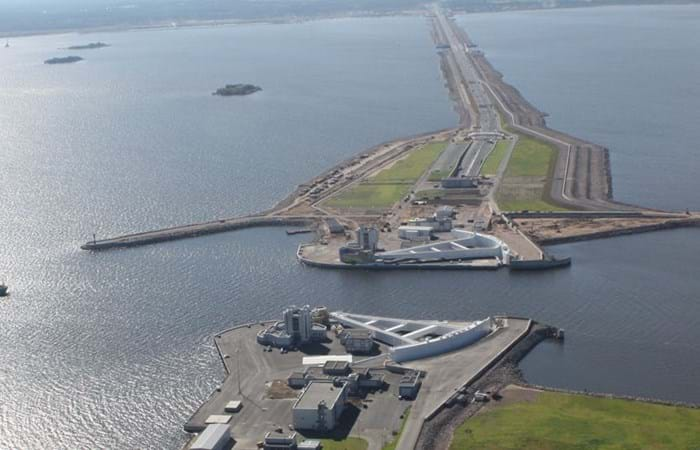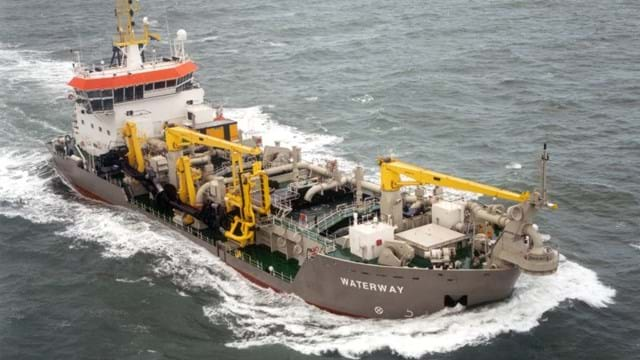St. Petersburg is a UNESCO World Heritage City, but its location along the River Neva means that it has been threatened by over 300 floods since its founding by Peter the Great in 1703. The completion of the new 25 km long storm-surge barrier across the Gulf of Finland ensures that the city will no longer be vulnerable to high tides and devastating floods. As a result of the new Flood Protection Barrier, however, the old winding access channel had to be replaced with a new, straighter, more easily navigable channel.
In August 2006 Boskalis as sole contractor was awarded a contract to dredge a new access channel including repositioning and deepening cables that cross the channel. In April 2007 Boskalis was granted additional dredging works in the construction pit of the shipping passage. In July 2007, Boskalis was awarded another contract for the closure of the final sections of the Flood Protection Barrier and the tunnel pit under the shipping channel. Boskalis is the leading partner and has a 60% share in the contract, implemented in a consortium with Hochtief.

